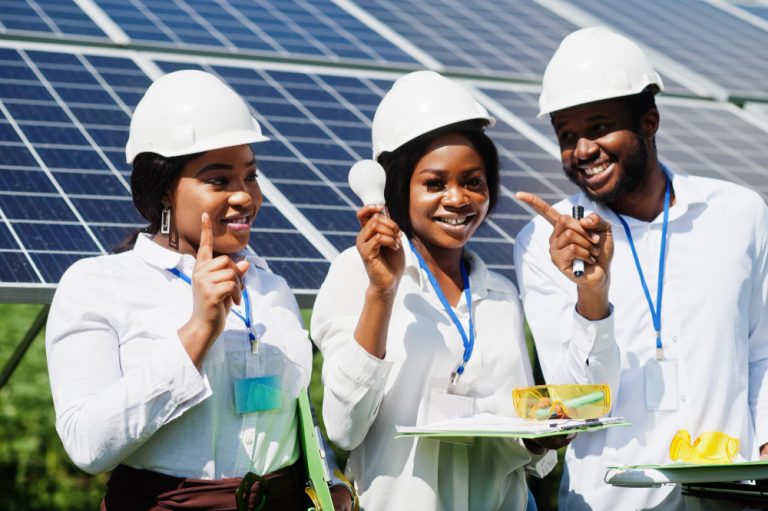In the aftermath of COP28’s sustainability pact, the spotlight on Environmental, Social, and Corporate Governance (ESG) has intensified for organizations worldwide. Yet, for many manufacturers, complying with ESG regulations often feels like a bureaucratic chore rather than a strategic imperative.
However, as consumer awareness around corporate sustainability rises, manufacturers face mounting competition. Mere compliance with sustainability standards no longer suffices; instead, embedding sustainability into their business models is essential.
Sustainability goals serve not only as ethical imperatives but also as drivers for innovation and efficiency within manufacturing organizations. They spark a drive for modernizing processes and supply chains, enhancing cost-effectiveness, quality, flexibility, and revenue streams.
Read also: Embracing the circular economy to enhance sustainability
However, embarking on a sustainability transformation presents challenges. Different corporate teams grapple with disparate focuses; sales department of a company may be focusing on the environmental claims that can be made about a product, the engineers may be wondering what material they should be using to reduce the carbon footprint about said products, and the procurement teams may struggle with the challenge of supplier collaboration, hindering cohesive decision-making. Siloed information, disjointed systems, and data fragmentation further impede progress.
To thrive in a competitive landscape, manufacturers must prioritize key capabilities, including operational efficiency, responsible material management, and circular business models. Operational efficiency involves optimizing logistics, minimizing waste, and ensuring sustainable production costs.
Circular business models require forward-thinking, considering products’ post-consumption lifecycle. Repurposing resources, such as electric car batteries, exemplifies sustainable circular models, minimizing waste and maximizing resource longevity.
Unlocking these capabilities hinges on leveraging data and decision points across the organization. However, data remains concentrated, impeding informed decision-making. Manufacturers must establish robust data tracking mechanisms and employ tools like AI to democratize data access.
Enter the ‘Twin Transition’—the symbiotic relationship between sustainability, Net-Zero transitions, and digital transformation. These endeavors must progress hand in hand, with each reinforcing the other’s efficacy.
To embark on this journey, manufacturers must delineate Net Zero goals, prioritize ESG metrics, and integrate IoT sensors for data-driven decision-making.
By harnessing data and technology, manufacturers can achieve stronger, sustainability-focused decision-making, propelling them towards a greener future while fostering business resilience and growth.
As strides toward sustainability are made, manufacturers face an important choice. Embrace sustainability initiatives as integral to business prosperity, or risk falling behind in an increasingly sustainable world. Those who grasp the symbiotic relationship between sustainability, digital transformation, and business success will thrive in the evolving landscape of manufacturing.















